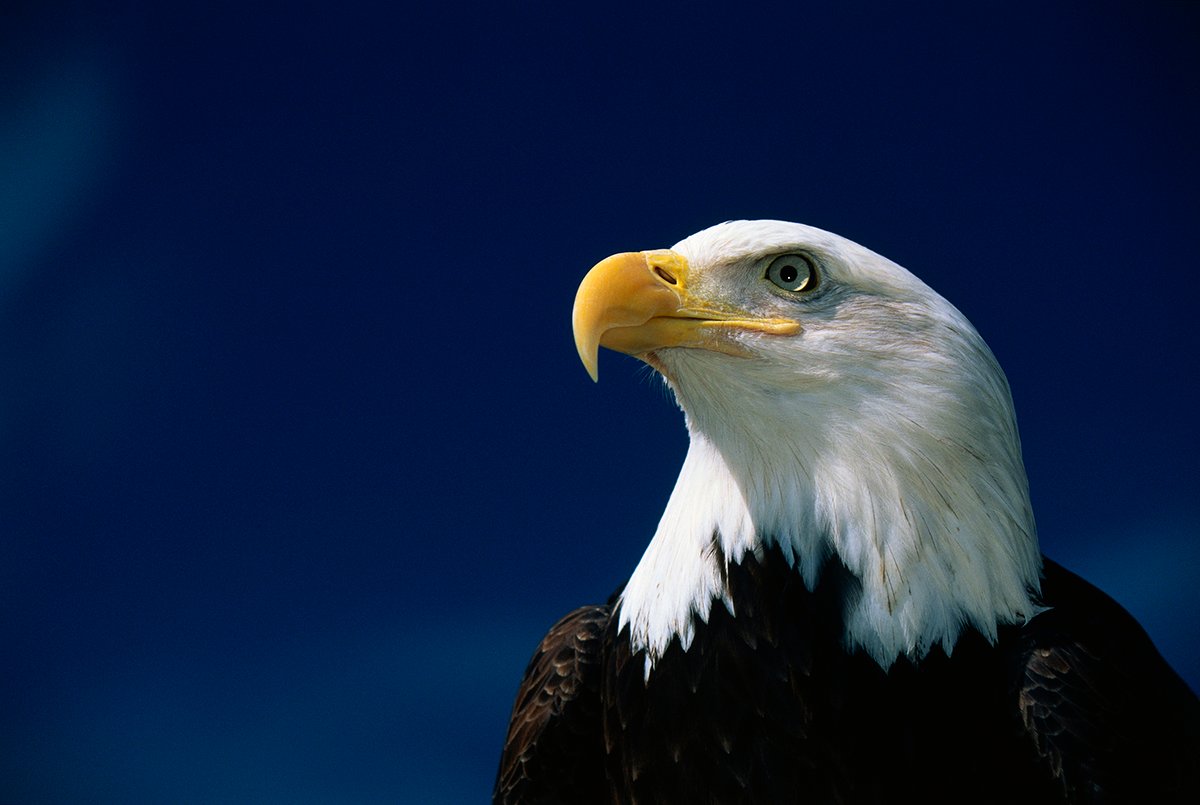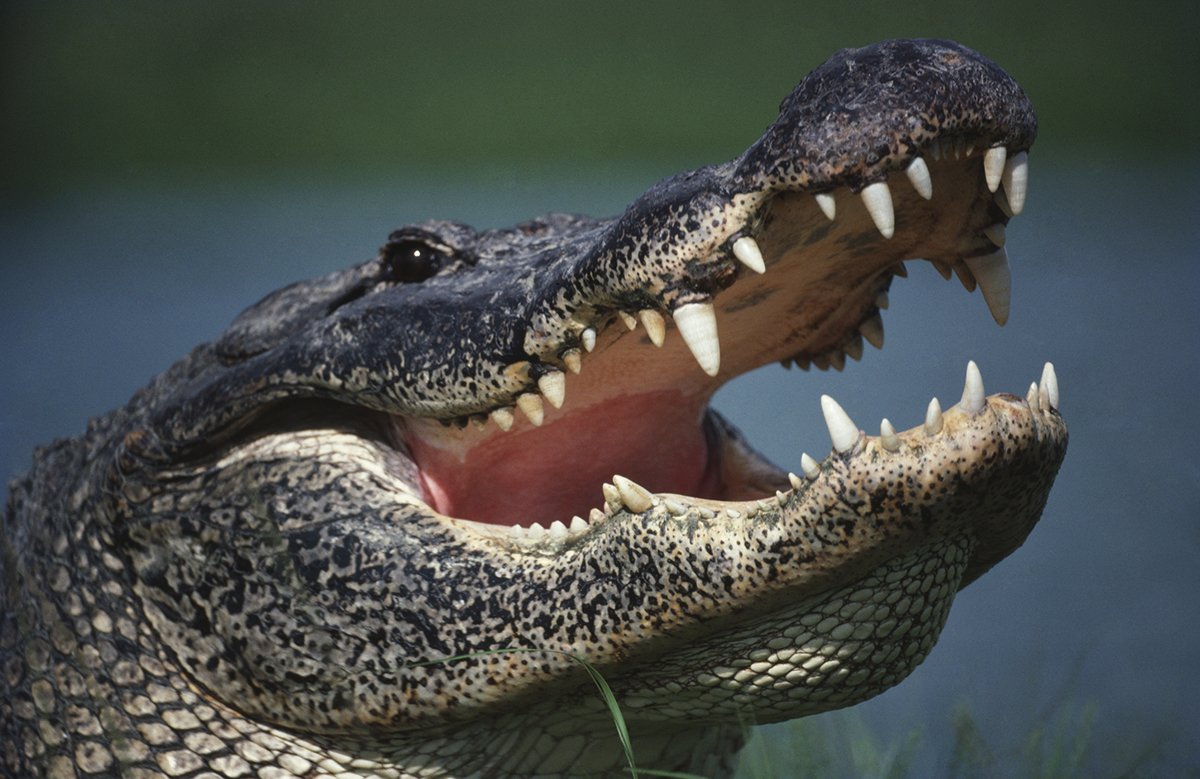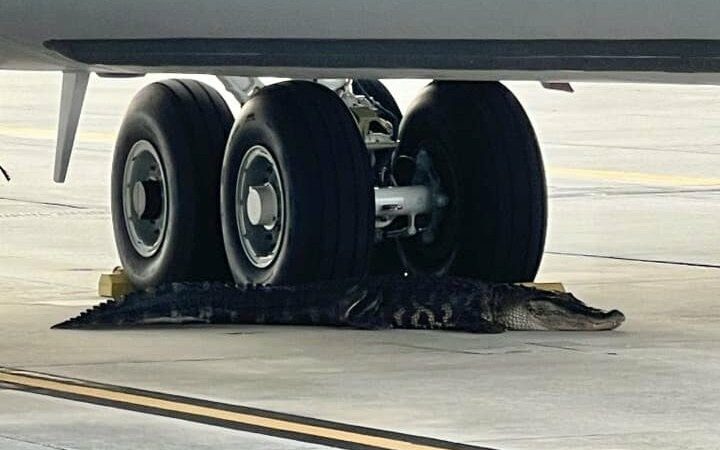Conservation Matters: 5 Animals That Are Not Endangered Anymore
It is a tragic reality that many animals we know and love are listed as endangered species. Whether it’s because of deforestation or hunting, many of these species’ struggles are man-made, but things can change. Here are five animals that have been removed from the endangered species list as of 2023.
1. Giant Panda

Living in the high mountains of China, these animals are loved by their native country and the rest of the world. With their large appetites, these pandas eat 26-84 pounds of bamboo a day and use their large wrist bones as thumbs. Their recognizable black-and-white fur makes them somewhat of a global icon.
Although pandas are now listed as “vulnerable” and not “endangered,” there are only about 1,864 giant pandas left in their natural habitat. Like many of the animals on this list, the giant pandas‘ survival is contingent on the upkeep of their habitat, which is continually threatened by deforestation.
Pandas, like other bears, can stand on their hind legs, but because their rear paws point inward, they often look like they are waddling. These animals are born weighing less than a pound, and by the time they reach full maturity, they weigh over 200 pounds.
Once one of North America’s most endangered animals, the black-footed ferret has begun to rebound after 30 years of conservation efforts. Zoos have been a big part of the conservation efforts to help bring back the ferrets. To date, Smithsonian’s National Zoo says about 4,500 ferrets have been released back into the wild.
The black-footed ferret was actually thought to be extinct until a Wyoming ranch dog found one and they were rediscovered. According to the National Parks Service, black-footed ferrets are now thriving in areas such as Badlands National Park in South Dakota.
3. Bald Eagle

The bald eagle was taken off the list of endangered species in 2007, but it is still at risk from illegal hunting and habitat loss. Bald eagles are also struggling from new levels of lead poisoning in their water due to wetland drainage.
With roughly 14,000 breeding pairs now in the sky, bald eagles are now considered to be a species of “least concern”. Bald eagles do not do their own hunting; instead, they go after other birds’ catches. And although they’re known as the United States’ national bird, Ben Franklin wanted the United States to be represented by the wild turkey.
4. Manatee
Did you know that one of the manatee’s closest relatives is the elephant? With their sad faces and paddle-shaped tails, manatees are adorable creatures that, thankfully, have been taken off of the endangered species list. The Florida Manatee Recovery Plan was enacted by the Endangered Species Act, and the Florida government created boat speed zones in 13 counties that have high manatee populations to help protect these slow-moving animals from boat strikes.
There are actually three species of manatee. The Florida manatee is a subspecies of the West Indian manatee, which can be found as far as Texas. Typically 9-10 feet long, manatees often have algae growing on their backs. These gentle giants are sometimes referred to as “sea cows,” because they eat sea grasses and other underwater plants. They have no natural predators; their main threat is humans.
5. American Alligator

These animals have muscular, armored bodies and can grow to be over 11 feet long. American alligators were once incredibly close to going extinct. Thanks to strict conservation efforts, their population has recovered in the United States and they were taken off the list of endangered species.
Alligators were once aggressively hunted and traded, but they now have a robust population throughout the American South. With webbed feet and strong tails, these animals can move swiftly through the water.
Though many people confuse alligators and crocodiles, their head shapes give them away. While alligators are defined by their rounded, ‘U’-shaped snouts, crocodiles have thinner, ‘V’-shaped snouts, and their lower jaws protrude a bit more.
Source: https://outdoors.com/conservation-matters-animals-not-endangered-anymore/






